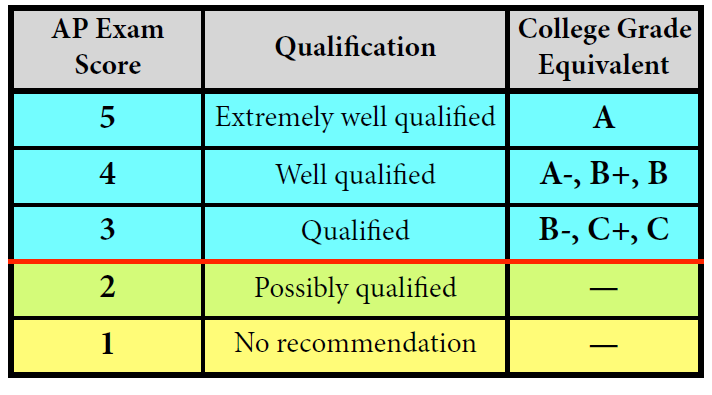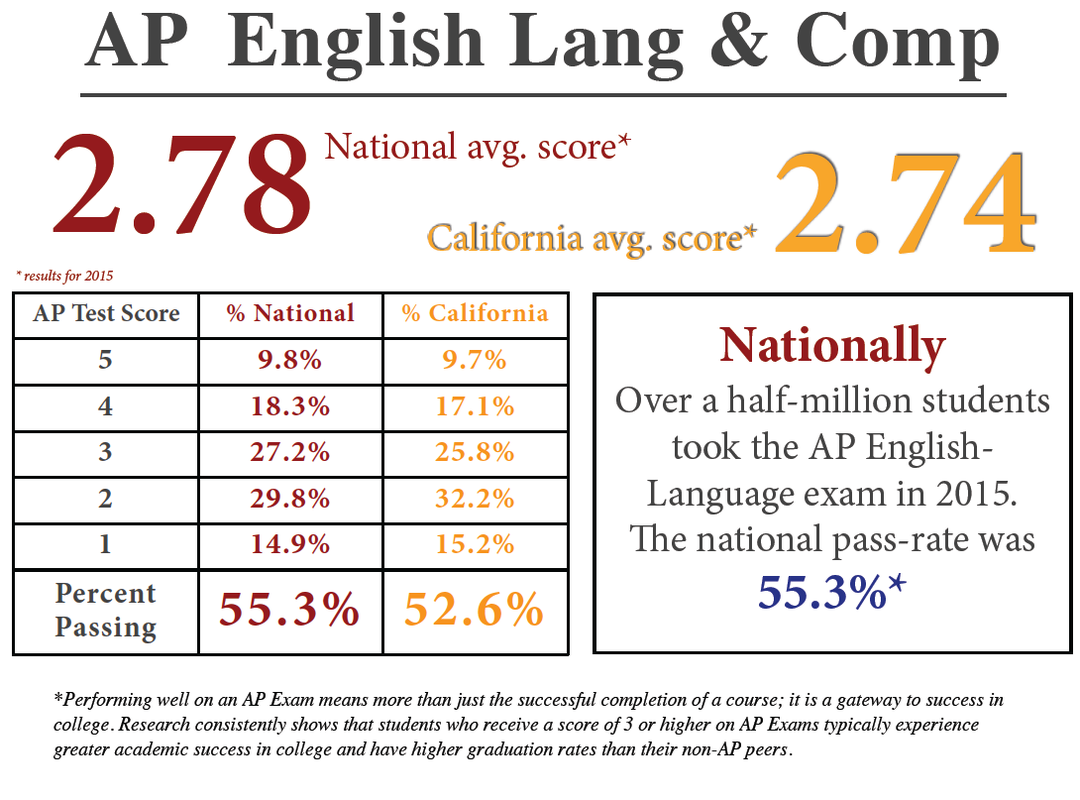About AP English Language & CompositionThe AP English Language and Composition course aligns to an introductory college-level rhetoric and writing curriculum, which requires students to develop
evidence-based analytic and argumentative essays that proceed through several stages or drafts. Students evaluate, synthesize, and cite research to support their arguments.Throughout the course, students develop a personal style by making appropriate grammatical choices. Additionally, students read and analyze the rhetorical elements and their effects in non-fiction texts, including graphic images as forms of text, from many disciplines and historical periods. Prerequisites:There are no prerequisite courses for AP English Language and Composition.
Students should be able to read and comprehend college-level texts and apply the conventions of Standard Written English in their writing. |
Course Content—selected examples:The AP English Language and Composition course is designed to help students become skilled readers and writers:
|
How AP exams Are Scored
AP Exam Readers are thoroughly trained, and their work is monitored throughout the Reading for fairness and consistency. In each subject, a highly respected college faculty member fills the role of Chief Reader, who, with the help of AP Readers in leadership positions, maintains the accuracy of the scoring standards. Scores on the free-response questions are weighted and combined with the results of the computer-scored multiple-choice questions, and this raw score is converted into a composite AP score of 5, 4, 3, 2, or 1.
In general, an AP Exam score of 5 is equivalent to the average score among college students earning grades of A in the college course. Similarly, AP Exam scores of 4 are equivalent to college grades of A−, B+, and B. AP Exam scores of 3 are equivalent to college grades of B−, C+, and C.
In general, an AP Exam score of 5 is equivalent to the average score among college students earning grades of A in the college course. Similarly, AP Exam scores of 4 are equivalent to college grades of A−, B+, and B. AP Exam scores of 3 are equivalent to college grades of B−, C+, and C.
Using and interpreting AP ScoresThe extensive work done by college faculty and AP teachers in the development of the course and the exam and throughout the scoring process ensures that AP Exam scores accurately represent students’ achievement in the equivalent college course. While colleges and universities are responsible for setting their own credit and placement policies, AP scores signify how qualified students are to receive college credit or placement.
|






